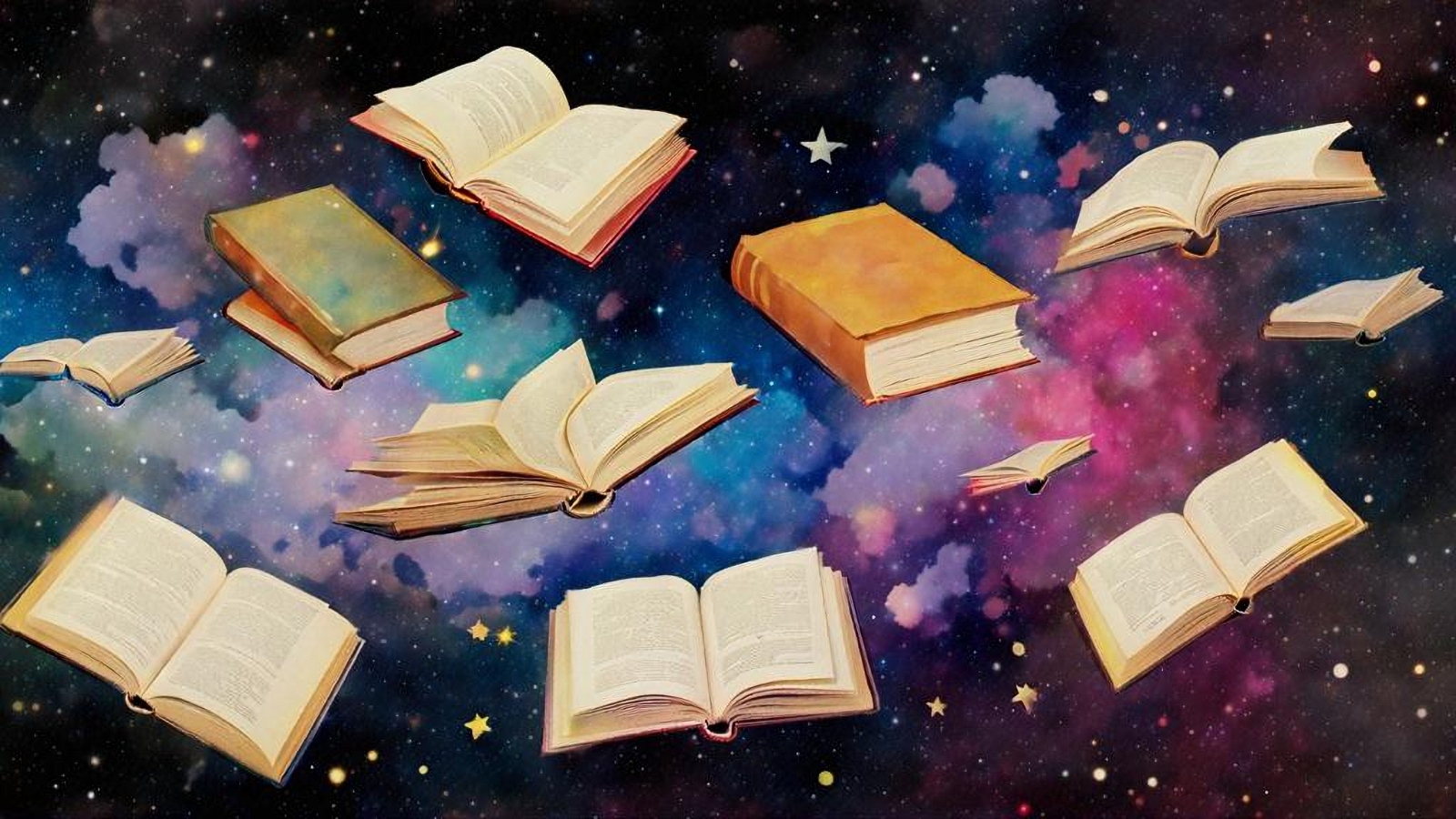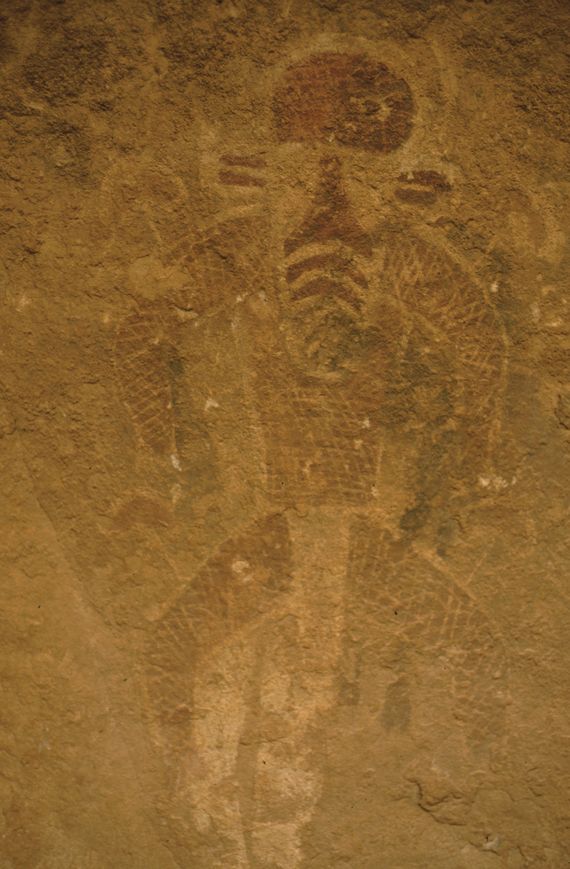Throughout history, humans have sought to alter their consciousness, whether through plants, fungi, or rituals. From ancient Romans using hallucinogens for medicinal purposes to prehistoric cultures experimenting with psychoactive substances, the desire to explore different states of mind is a universal trait.
Recent archaeological discoveries highlight the widespread use of these mind-altering practices, suggesting that the quest for expanded consciousness is as old as humanity itself.
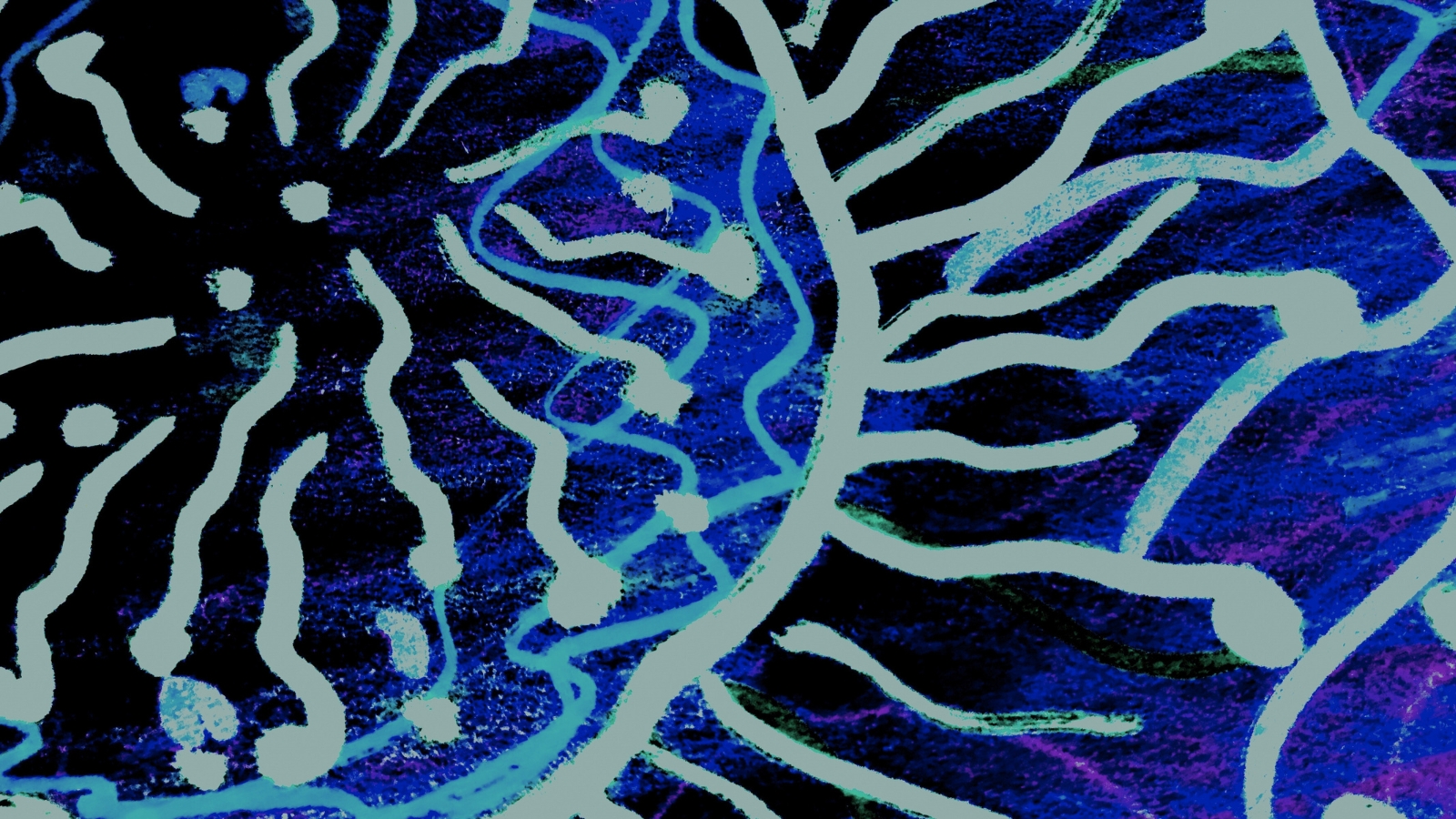
Why Were Ancient Romans Using Hallucinogens?
Earlier this year, we learned that ancient Romans settled in the Netherlands were collecting powerful hallucinogens for medicinal purposes. In the ruins of a Roman farming settlement near the modern city of Utrecht, a sealed vial made from a bone was excavated. It was dated to about around 100 CE (Common Era).
Inside: remnants of black henbane which has a long history of medicinal use. In small doses, the potion blocks pain and causes a mild euphoria, but in larger doses, it is a true hallucinogen, and in overdose, can cause coma and even death.
“Here we are, on the edge of the empire, and local people also have knowledge of these plant species,” says archaeozoologist Maaike Groot of the Free University of Berlin. This is an exciting find, and archaeologists are particularly excited because this may be a case of cultural transmission from the mother ship of Rome to distant backwater provinces.
Knowledge From the Empire?
Because Pliny the Elder wrote about henbane, as well as other classical historians, this case highlights the Roman Empire’s possible role in knowledge transfer for medicinal herb lore. The subtext is that the backwoods farmer only learned about his local ecosystem by grace of Pliny and other literate Romans a thousand miles away. This may turn out to be true in this particular case, but the larger context of ancient drug use tells a different story.
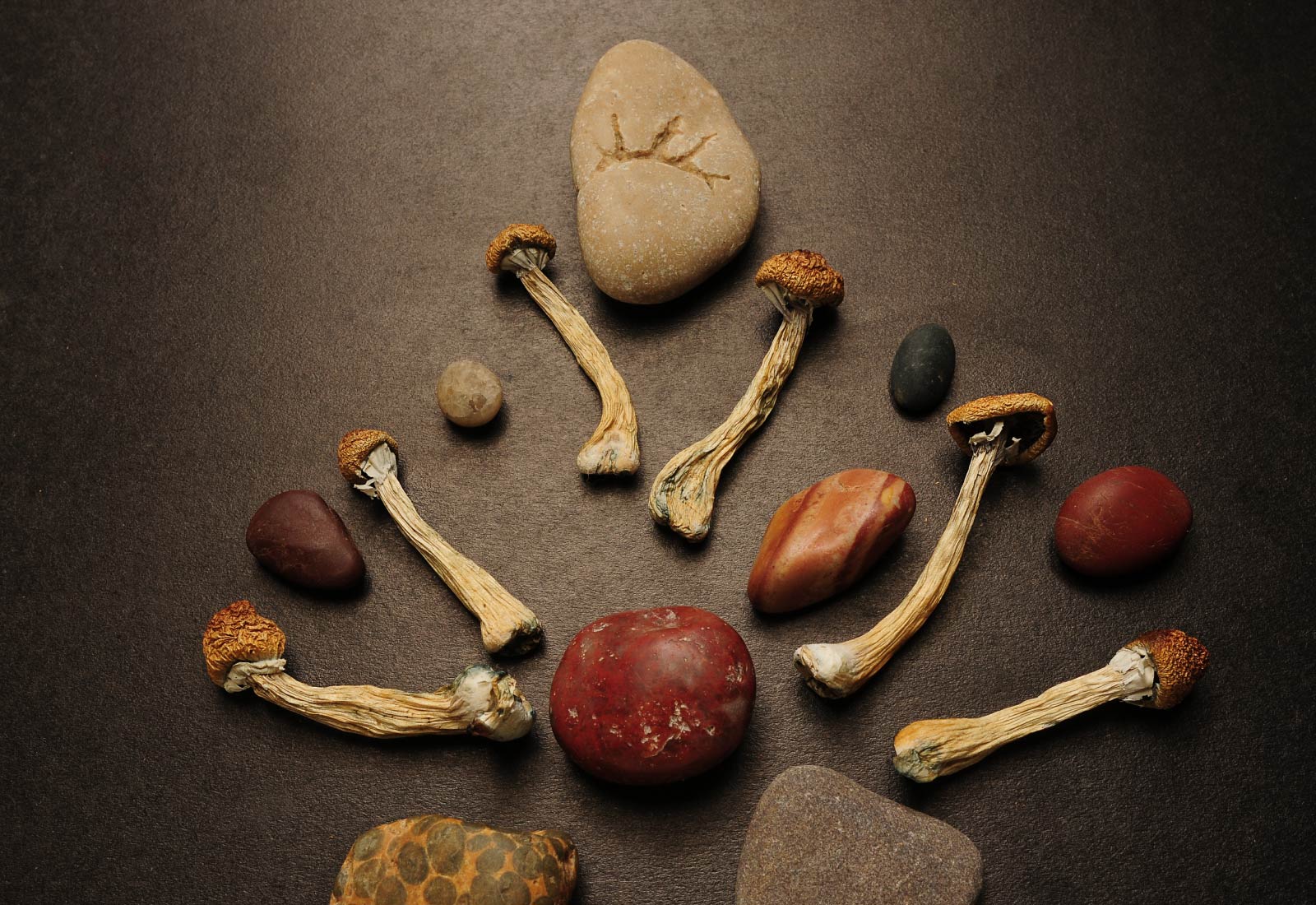
Timeline for Prehistoric Psychedelics
Humans have been experimenting with altered states long before any empire existed, including the use of plants and fungi that are indigenous and locally sourced. We can say that experimenting with consciousness is a wellspring trait of humanity, as close to a universal trait as you can get. Indeed, we have much earlier evidence for the use of hallucinogens and recreational drug use in early human history.
So in the spirit of contextualizing this recent finding about ancient Roman culture, here’s a quick sampling of the most convincing evidence for the use of mind-altering substances in human prehistory.
7000 BCE
(Before Common Era, so 5000 years before present) – Rock art in Algeria (as well as Chad and Libya) clearly depicts mushrooms in association with bee figures; in some cases, the mushrooms are growing out of human figures. It may even be older, this dating is conservative! [1]
One of the so-called bee shaman of the Tassili, Algeria. Photo by Fondazione Passaré, 2013, CC BY-SA 3.0
4000 BCE
Mushrooms are clearly depicted in Neolithic rock art in Southern Spain, in association with images of bulls.
3700 BCE
Mescal seeds (Sophora secundiflora) have been identified (and dated with carbon14) in the Pecos River region of Texas. That means hunters in the Archaic Period in the Americas were tuning in and dropping out for millennia before the Romans. And peyote use (Lophophora williamsii) has been found in this same region of the US dated to 3200 BCE.
3600 BCE
Human hair strands analyzed from a cave in Menorca, a Spanish island in the Mediterranean Sea, contain psychoactive alkaloids, probably from the ingestion of mandrake or henbane. This places European ritual drug use into the Bronze Age.
1500 BCE
The Rig Veda, one of the earliest documents in the Indo-European language group, mentions the mysterious “Soma” in about 10% of the verses. Soma was a god, and an inebriant, and many are still debating which inebriant. Regardless, this is currently the earliest historical documentation of hallucinogens.
500 BCE
Evidence for the cultivation of Cannabis originates in East Asia, where burners were found associated with burials and burial rites in the Pamir Mountains.
250 BCE
Effigy bowls and bone tubes from the Late Classic period of the Mayan Empire suggest that hallucinogenic enemas were part of elite religious life. The use of hallucinogenic mushrooms in Central America is also well-known; the cult appears to be related to the ritual use of chocolate. The ancient Aztecs imbibed as well. [2]
100 BCE
The area now known as Ohio Valley was once the center of the Hopewell cultural exchange for 600 years. Many effigy pipes have been excavated in association with ritual use, most likely for smoking hallucinogenic levels of tobacco, the more intense variety than is cultivated today, nicotine rustica. [3]

This raven effigy pipe is on display at the Hopewell Culture National Historical Park. Photo by Rick Dikeman, 2006, CC BY-SA 3.0
That’s just scratching the surface; there are other well-established arguments for the use of hallucinogenic drugs in Ancient Egypt, Mesopotamia, and Australia.
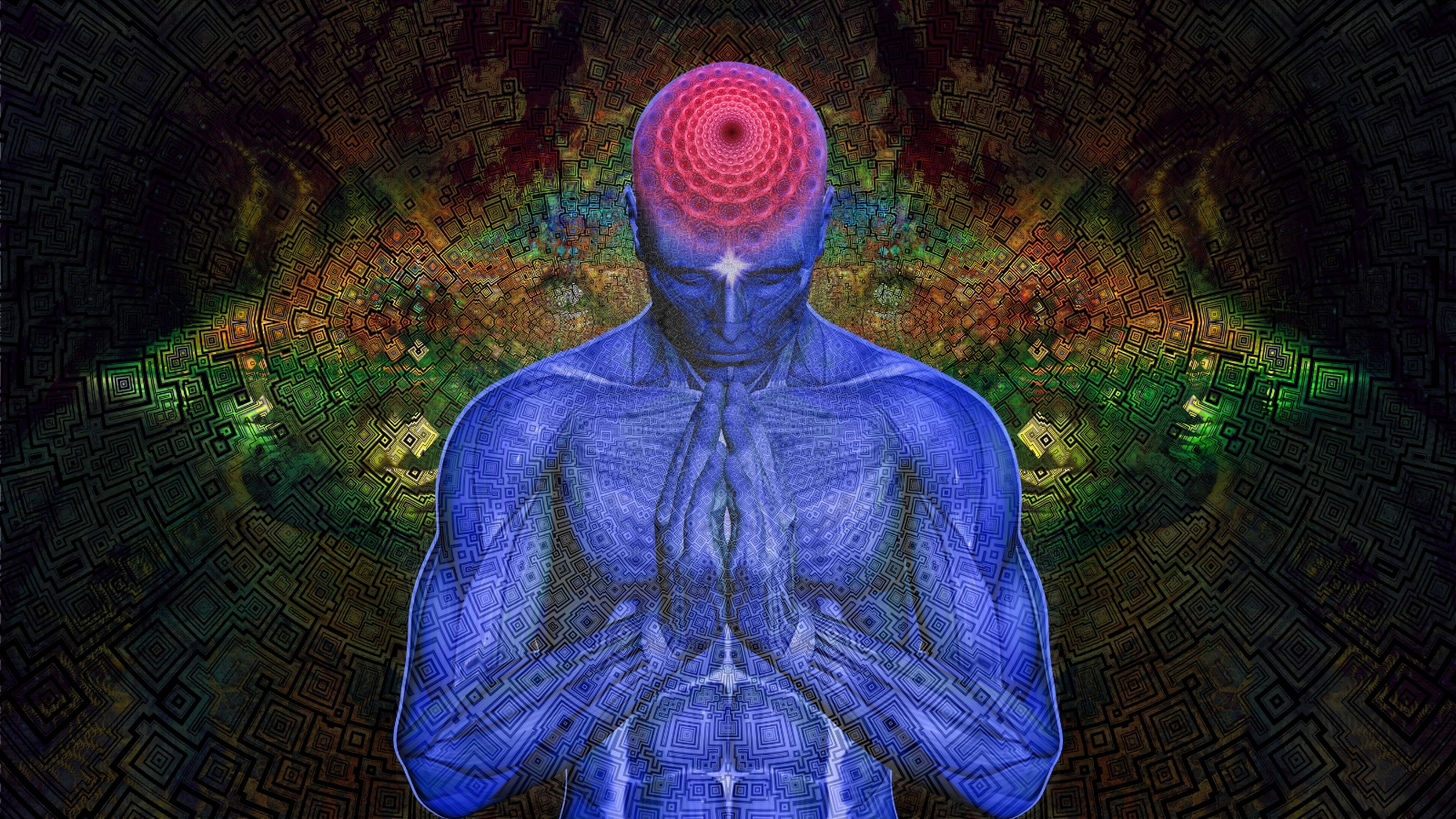
The Fourth Human Drive?
Dr. Andrew Weil called the urge to shift our consciousness the “fourth human drive” after food, water, and sex. We are not unique in this, by the way; even apes get drunk, and birds get high. [4]
Of course, the ingestion of toxic or non-subsistence related materials is not the only way to shift realities. The classical techniques of ecstasy outlined by historian of religion Mircea Eliade include drug use, sensory deprivation, rhythmic auditory driving such as drumming, dancing or chanting, as well as sexual activity and pain-inducing rituals. Some of these clearly are more fun than others.
The collective otherworldly experiences that emerge from these activities can be seen as platforms for visions of knowledge and power. These visions often involve abstract geometric imagery, as well as images of death, rebirth and communication with half-human/half-animal creatures and entities that are varyingly interpreted as gods, ancestors, and aliens.
Ancient Trips
If tripping truly is a fourth drive, we should see even older evidence in the archaeological record. This is where the work of David Lewis-Williams comes in. Lewis-Williams is an expert on prehistoric rock art, and the founder of a school of rock art studies in South Africa.
He argues that at least some of the world’s oldest art in Europe —the Upper Paleolithic, some 40,000 years ago—is the product of individuals recording their vision states on the rough stone walls of caves that were also home to cave bears and giant saber-toothed tigers.
The Building Blocks of Entoptic Phenomena
One of Lewis-Williams threads of evidence has to do with modern LSD visions. The abstract geometric images reported by thousands of research subjects from the first generation of psychedelic research contains the same signs and symbols we see on ancient rock walls all over the worlds: zig-zags, nested crescents, undulating lines, glowing orbs, and pixelated squares and grids.
These mental images are called entoptic phenomena. They may be the imprint of the optic nerve’s own structure being projected outward into the waking world. Lewis-Williams laid out a three stage process for the way these geometric forms can shift from into true hallucinations involving representational visual images like animals or human-like figures, and back again.
It’s cross-cultural and ahistorical—in other words, the visionary process can be seen in depictions of visions whether they are from modern accounts, 12th century descriptions from saints, or scrawled on ancient cave walls that date back to the Upper Paleolithic. [5]
And what do we see? The same patterns were noticed by Eliade almost a century ago: abstract geometric imagery, images of death and rebirth, communication with half-human/half-animal creatures and entities that are varyingly interpreted as gods, ancestors, and aliens.

The designs on this pottery from Mimbres, a subgrouping of Mogollon culture (1000–1130 CE, New Mexico and Arizona), may represent entoptic images seen from Datura-induced visions. Peter D. Tillman, 2017. CC BY-SA 4.0
Let’s Not Forget Dreams
As a dream researcher, my old saw is that dreams take us to these extraordinary spaces too. Every dreamer knows that these same vision states spontaneously arise within lucid dreams, without drugs, hours of exhaustive dancing, or having to be buried in an anthill and left for dead. As archaeologist David Lewis-Williams himself has noted, “humans are incapable of refraining from dreaming.”
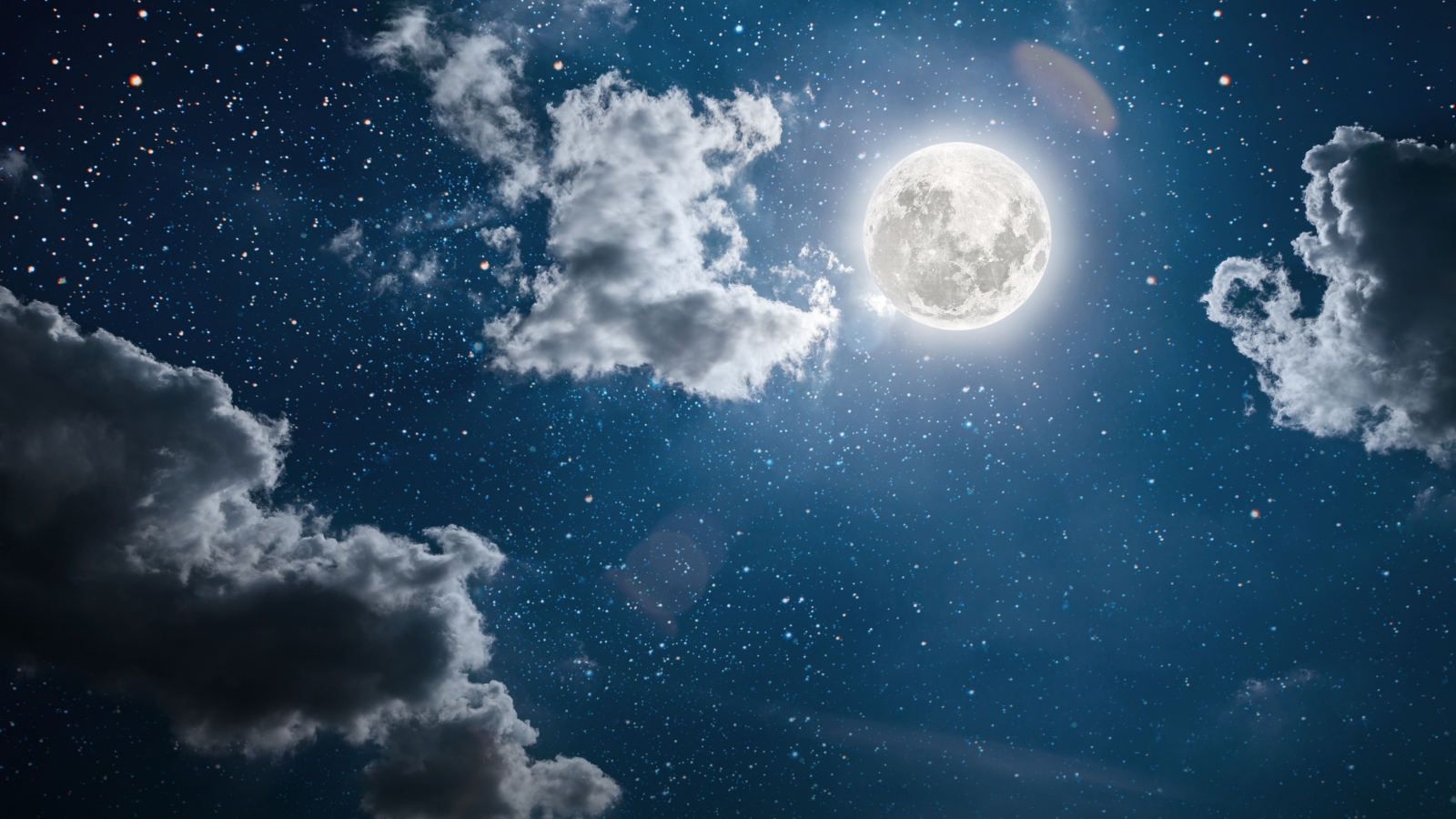
The Reliability of Dreaming
Indeed, dreaming is a reliable way to access visionary realms. The practice of calling big dreams and lucid dreams has plenty of historic examples, and modern dreamers have the ability to dip into the cosmic simply through carefully timed sleep interruption rituals that invoke intentionality and prospective memory.
Native American healer Rolling Thunder has said, in fact, that lucid dreaming is a more reliable source of visions than mind altering plants, provided the practitioner knows the intent and direction of the journey. [6]
These practices need no assistance and were no doubt used by ancient seers and shamans when psychedelic compounds were hard to come by.

The Shallow End of a Deep Pool
Knowing this, we could say that altered states—be them chemically induced or from dreaming—naturally trigger ancient human cognition patterns, putting us in the realm of shamanic states of consciousness.
Of course, this does not mean that all modern consciousness explorers are necessarily shamans, by any stretch. Traditionally, altered states are utilized for healing and increasing power in the other realms. The ancient ways serve communities—not only the human, but also animal and plant communities of the landscape. This is very different from the atomistic view of identity for Westerners.
Still, sometimes the anomalies work their way through our splintered paradigm. So I would say when we engage these protocols, we are swimming in the shallow end of a very deep pool that leads to healing, knowledge, and even radical transformation.
Celebrating Cognitive Diversity
The deep history and cross-cultural use of dream supplements or oneirogens blows up the notion that cultures choose between substances and “natural” dreaming practices when looking to alter their consciousness for fresh perspective, healing, or cosmic insight.
Mushrooms may only be available seasonally, but then again, sometimes social roles and responsibilities can make it difficult to cultivate powerful dream experiences as well. Whatever your practice, dwelling in multiple states helps us cultivate what medical anthropologist Tara Lumpkin calls “cognitive diversity.” [7]
“By their fruits ye shall know them, not by their roots.” These are the words of 19th century philosopher and mystic William James, who was showcasing how extraordinary experiences can be valid, regardless of how we achieved them.
When it gets down to it, we can ask ourselves: what is the quality of the experience, and what was learned? What can be applied to waking life? And what is for me to sit with quietly, in discernment, and let time work its magic? Because as this quick review has shown, altered states have been working its magic on us for quite some time indeed.
References
[1] Samorini, G. 1992. The oldest representations of hallucinogenic mushrooms in the world (Sahara Desert, 9000–7000 B.P.). Integration 2(3):69–78.
[2] For more on this topic, read Paul Devereux’s excellent and readable work The long trip: A prehistory of psychedelia.
[3] Shamans of the lost world: A cognitive approach to the prehistoric religion of the Ohio Hopewell, by William Romain, Alta Mira Press, p. 200.
[4] Weil’s classic work is The Natural Mind. And here’s more about birds getting high: https://www.vice.com/en/article/zng43y/birds-are-using-ant-excretion-to-get-high-876
[5] Lewis-Williams, D. (2000) The mind in the cave. Thames on Hudson.
[6] Krippner, Stanley (2004) The psychology of shamans and shamanism. Dreamtime, 21(1), p. 10-12, 38-40.[7] As quoted in Laughlin (2011) Communing with the gods.
